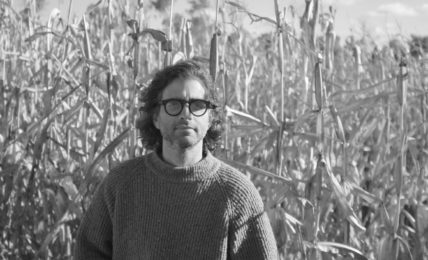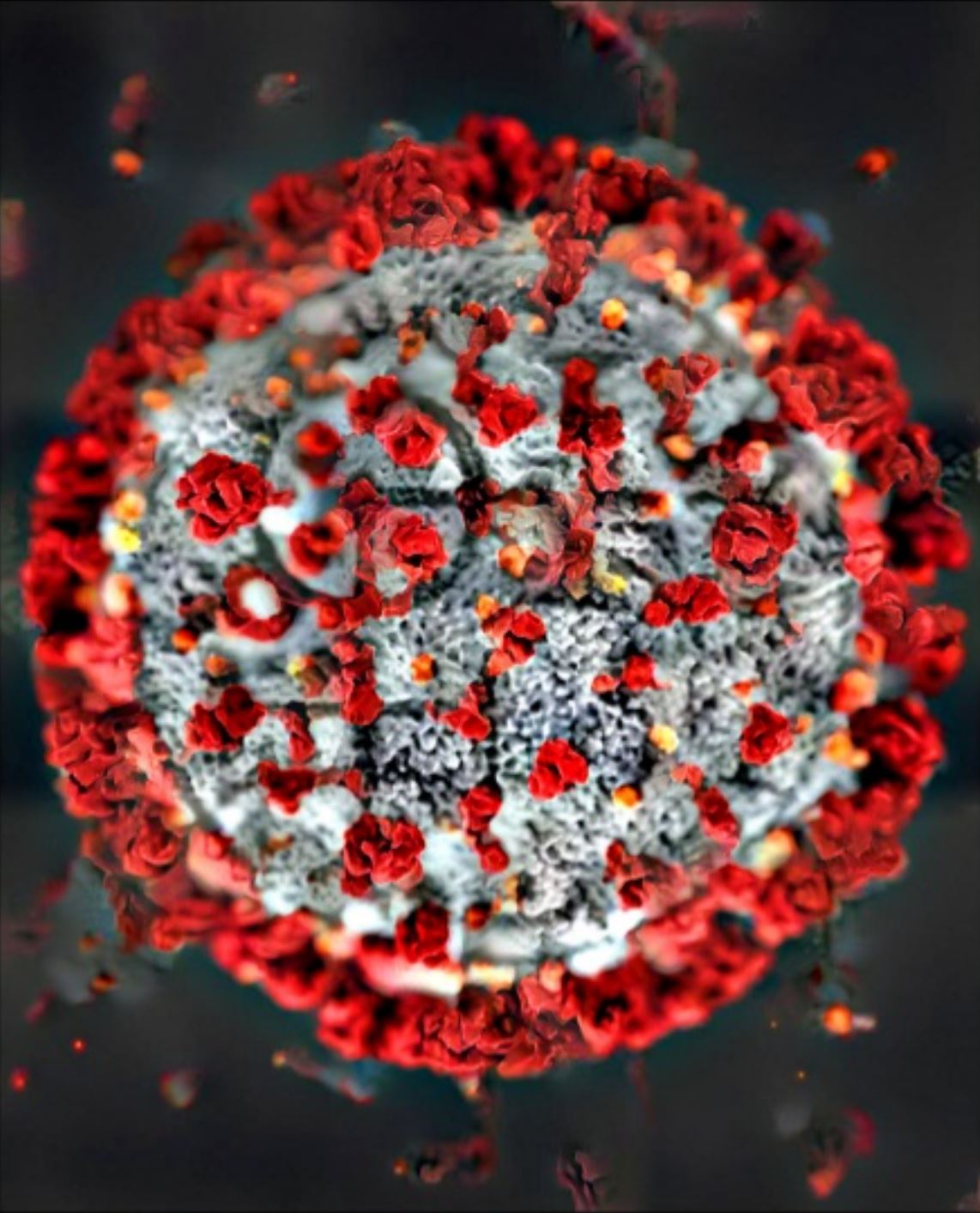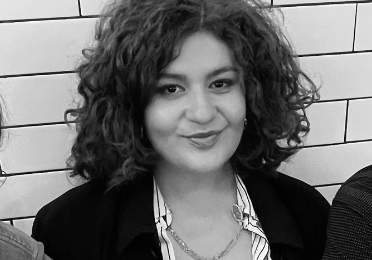Digital America interviewed Coalfather in November 2023 about their piece Occupation (2023).
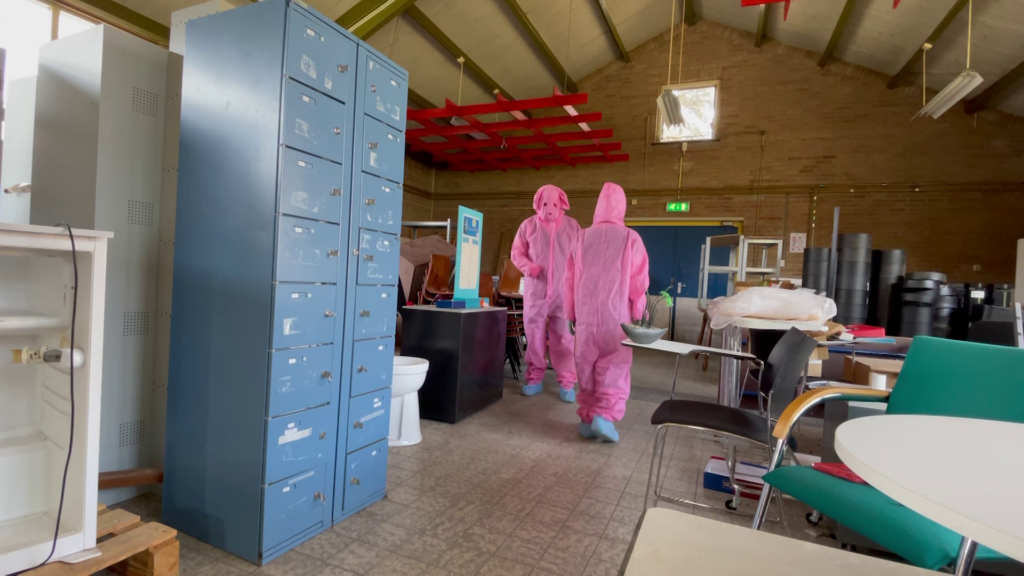
:::
Digital America: In “Occupation” (2023) two masked and uniformed adults go through motions of factory or office work, highlighting the absurdity of routine, mechanistic work. Can you talk about the power of absurdity in this piece and how you landed on the level of absurdity?
Coalfather: The present era of work has come full circle mirroring some of the worst practices of the early industrial age. Absurdity offers an alternate framework through which we can question the accepted practices that go on behind the scenes each time we hit the purchase button online.
We are superfans of Charlie Chaplin. In most Chaplin movies, there is often a perfect mix of sorrow, humor and absurdity. In particular we were channeling much of the theme and spirit of Modern Times while we were working on this piece.
In the same way films like Modern Times (and its spiritual twin, René Clair’s À nous la liberté) use absurdity to draw attention to the fine line between labor and incarceration, we use absurdity to note the diminishing self locked in the world of warehouse surveillance and struggling to keep up in a competitive race against robots and AI.
DigA: Being able to see teeth and eyes so clearly through the masks made me a little uncomfortable, but it provided a sense (however off-putting) of humanity. How did the costume decisions impact the messaging of the piece?
CF: Maybe that is the gist of it then – that humanity is, essentially, off-putting. We’ve worked with various types of hazmat suits or coveralls for some time. We’ve used a few different colors. When we wear the pink ones what we like most about them is that we suddenly seem like large infants. This seemed to fit with the otherwise heavy theme we were working with – or – rather, it seemed like a counterpoint. We toil away in obscurity in some corporate nightmare, but we are wearing essentially big onesies. Our culture tends to infantilize us in a variety of subtle and not-so-subtle ways. We find that the suits work better in conjunction with masks. It’s better if we mostly disappear in these onesies. Or maybe not disappear, but still allow some aspect of ourselves to poke through the holes like a prisoner locked in a cell. That seems to be the unsettling aspect behind masks; it seems like someone is trapped in there.
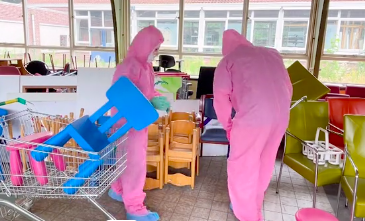
DigA: The location reminds me of an abandoned school/church/artist studio/movie set…what is this place?! How did the location—with chairs and seeming action/learning piled high through the rooms—help tell the story?
CF: We were at an artist residency in Biezenmortel, Netherlands. As part of the residency we were allowed as a group to have a collective studio space. This space was in a building that had previously been used as classrooms and craft areas. One part was also a still functional horse barn. In order to get to the studio space each day we walked through the wing that you see in the video. The wing was like a dissheveled time capsule. It eventually occurred to us that the chaos we traveled through each day to the studio – should actually be our studio. It was a perfect post-apocalyptic setting in which to perform meaningless tasks.
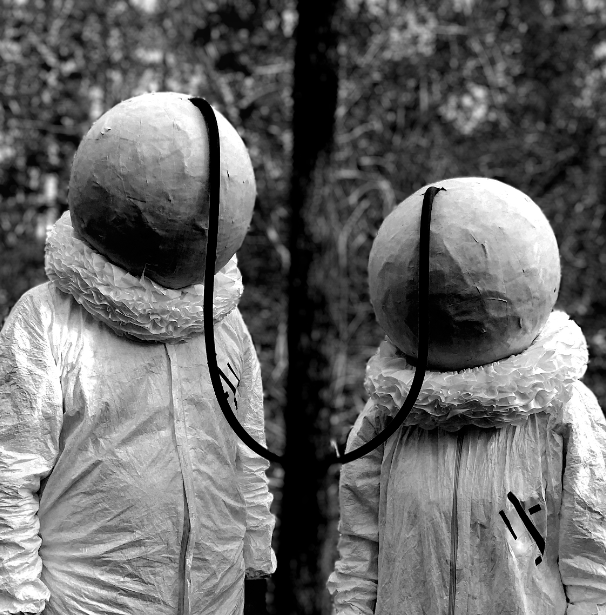
DigA: I noticed in some of your other works like Exit/Izgaist, Transmission, The Best is Yet to Come and Overtime use similar forms of masking. As a theme, what is masking in our mechanized digital age? Why is it important in art?
CF: As a term, “masking” can have multiple meanings. It references ideas in psychology, race and sexuality. But most recently, we all (or at least those of us with empathy and civility) found ourselves masking in our daily lives. When we obscure our faces we have to interpret or learn to interpret in new ways each others motivations. The less we see, the more work we need to do. The masks we wore during the pandemic obscured enough of the face and even voice that we sometimes had difficulty determining the tone of interchanges.
In our digital age, we exist behind multiple masks. What is the selfie, if not a mask? What is our Facebook profile, if not a mask? We follow influencers, creators, and celebrities–all wearers of one type of mask or another–from behind a computer screen. The screen itself is a mask through which we view others wearing masks. Of course, all of this is framed in a type of FOMO frenzy. The digital age is an age of masks.
DigA: Labor rights are in a rather abysmal space globally. Hope on redefining labor during the pandemic feels all but lost. Why is it important to you to create artwork on labor? What messages are you working to convey?
CF: While at our residency in the Netherlands, we went to a small town called Oisterwijk in search of a specific bakery. We found it but it was closed. We struck up a conversation with two women on a bench outside of the bakery. They informed us that it was closed that day because “no one wants to work”. Those words hit us hard because it was such a common refrain in the US and still is now. It’s a phrase that communicates a lot about the speaker and the zeitgeist that informs it. Mostly what it seems to communicate is two crucial themes in capitalism:
– I have suffered and others should suffer at least as much as I have suffered
– I believe that there is a certain class of people that exist to serve me and I’m angry that they aren’t there anymore
– I have suffered and others should suffer at least as much as I have suffered
Now, in what appears to be the later stages of capitalism, young people–in particular–are finding the system of suffering in low-paying jobs to be untenable. Most employment in the US is at will. This means that a person can be fired for almost any reason or no reason at all. Very few people seem to ever question this. In the projects where we think about labor we are attempting to question that.
DigA: What’s next for CoalFather?
CF: At the moment another one of our videos we produced at the same residency, Face to Face is being shown in two different pavilions of the Wrong Biennale; Tools of Trust (curated by Victora Hilsberg) and Sensory Disconnection (curated by Dong Zhao). Depending on when this is published, both pavilions may still be up and running. We recently obtained an embroidery sewing machine and are working on a number of new mask concepts which we may or may not wear in secluded wooded areas while acting out micro-tragicomedies.
:::
Check out Occupation (2023) by CoalFather.
:::
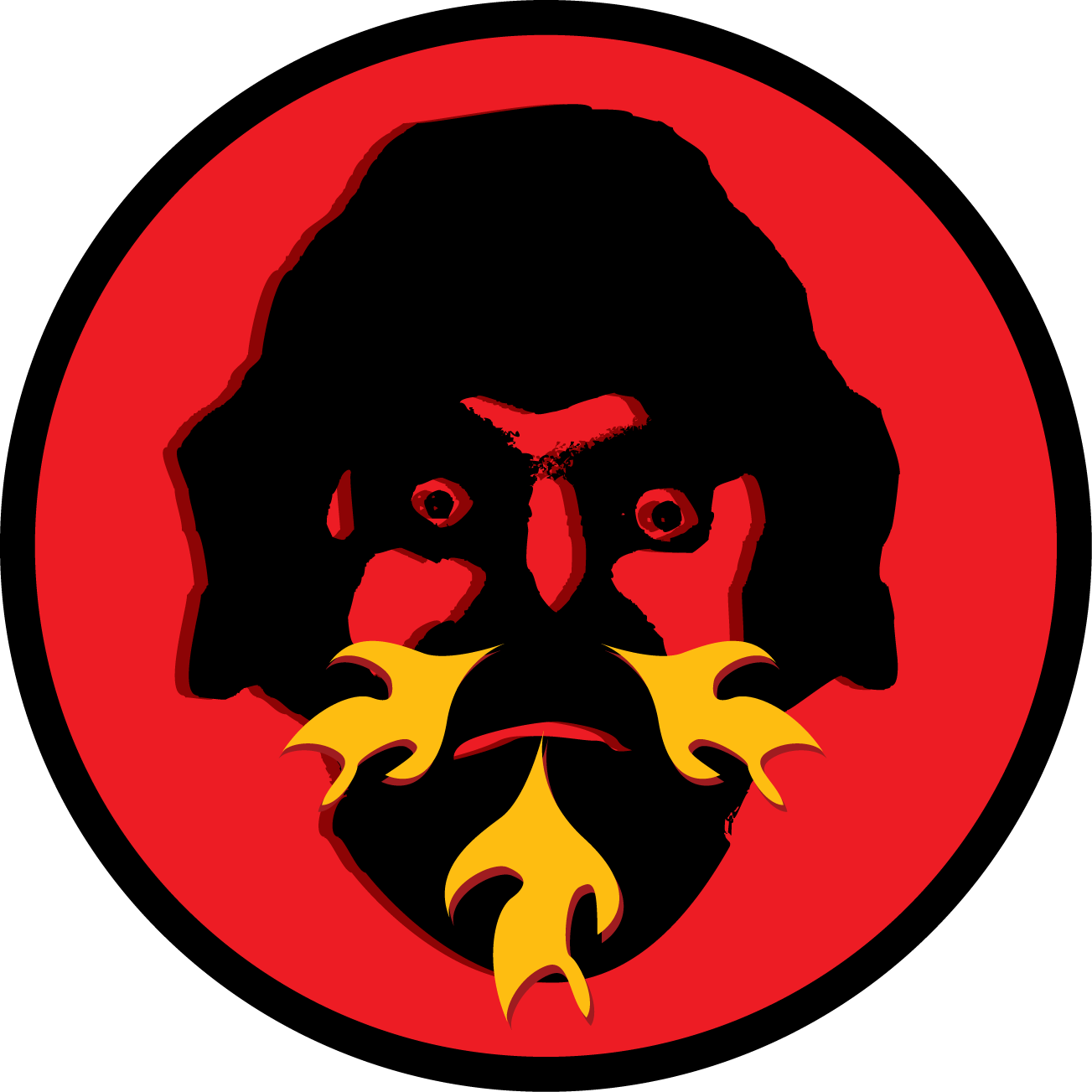
CoalFather is a duo, “working as a single artist”, composed of Craig Newsom and Kara Jansson. They are based out of New York and Illinois, and first formed while organizing conferences on mobile Digital art at New York University’s Tisch School of the Arts in 2010 and 2011.

